Congrats to Physics Graduate Student Sonal Singh
 Congratulations to Sonal Singh and co-authors for their recently accepted manuscript. The paper entitled ”Spatially Controlled Fabrication of Brightly Fluorescent Nanodiamond-Array with Enhanced Far-Red Si-V Luminescence” (by Sonal Singh, Vinoy Thomas, Dmitri Martyshkin, Veronika Kozlovskaya, Eugenia Kharlampieva, and Shane Catledge) will appear in the JournalNanotechnology. The paper will be available online to readers at http://iopscience.org/. This work demonstrates a novel approach to precisely pattern fluorescent nanodiamond-arrays with enhanced far-red intense photostable luminescence from silicon-vacancy (Si-V) defect centers.The precision-patterned pre-growth seeding of nanodiamonds is achieved by a scanning probe “Dip-Pen” nanolithography technique using electrostatically-driven transfer of nanodiamonds from “inked” cantilevers. The enhanced emission from nanodiamond-dots in the far-red is achieved by incorporating Si-V defect centers in subsequent chemical vapor deposition treatment. The authors anticipate that the far-red intense photostable luminescence (~738 nm) observed from Si-V defect centers integrated in spatially arranged nanodiamonds could be beneficial for the development of the next generation fluorescent based devices and applications.
Congratulations to Sonal Singh and co-authors for their recently accepted manuscript. The paper entitled ”Spatially Controlled Fabrication of Brightly Fluorescent Nanodiamond-Array with Enhanced Far-Red Si-V Luminescence” (by Sonal Singh, Vinoy Thomas, Dmitri Martyshkin, Veronika Kozlovskaya, Eugenia Kharlampieva, and Shane Catledge) will appear in the JournalNanotechnology. The paper will be available online to readers at http://iopscience.org/. This work demonstrates a novel approach to precisely pattern fluorescent nanodiamond-arrays with enhanced far-red intense photostable luminescence from silicon-vacancy (Si-V) defect centers.The precision-patterned pre-growth seeding of nanodiamonds is achieved by a scanning probe “Dip-Pen” nanolithography technique using electrostatically-driven transfer of nanodiamonds from “inked” cantilevers. The enhanced emission from nanodiamond-dots in the far-red is achieved by incorporating Si-V defect centers in subsequent chemical vapor deposition treatment. The authors anticipate that the far-red intense photostable luminescence (~738 nm) observed from Si-V defect centers integrated in spatially arranged nanodiamonds could be beneficial for the development of the next generation fluorescent based devices and applications.
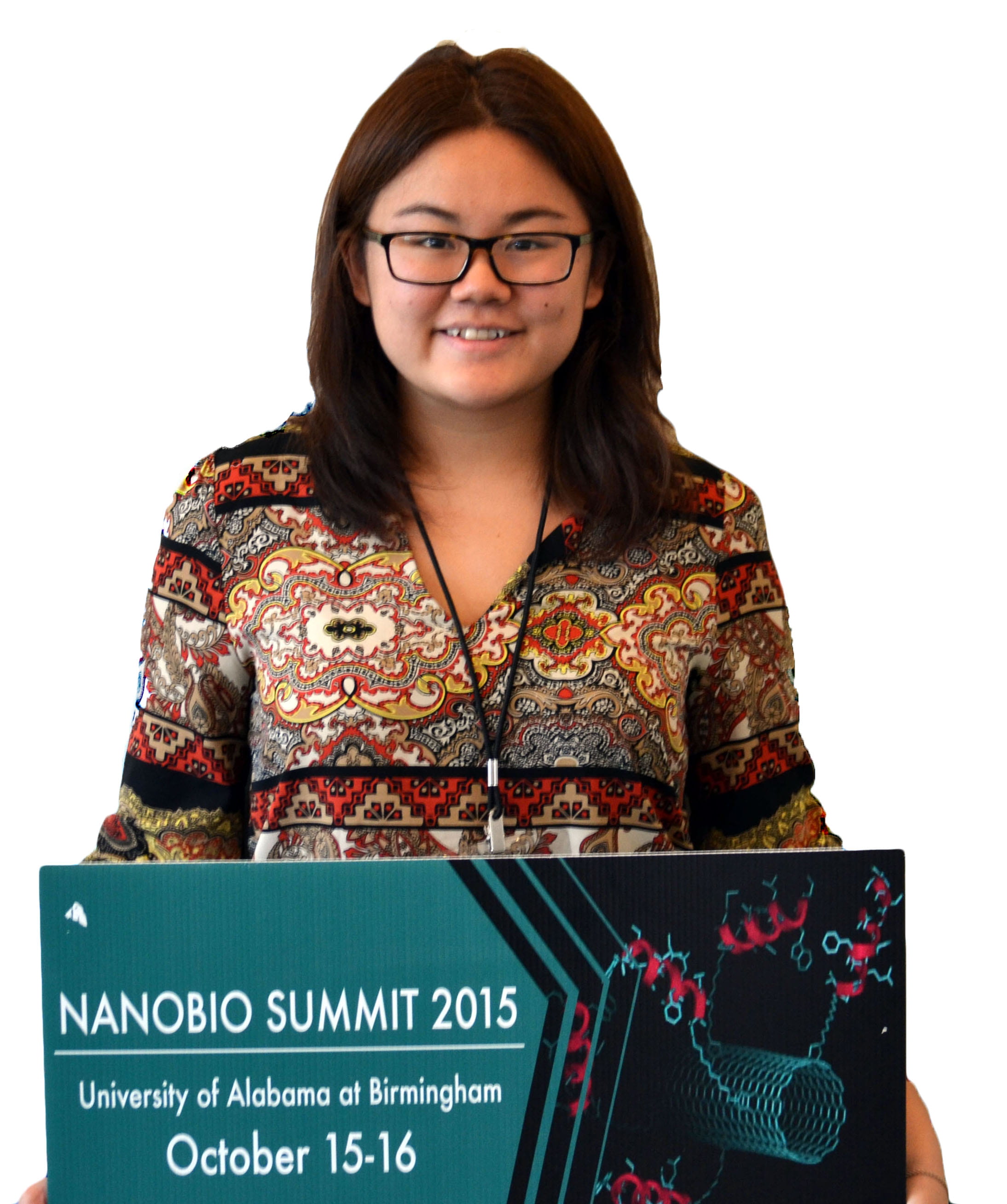
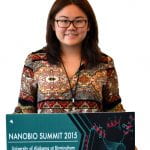 Congratulations to 2015 REU Szu Chun Chen for her 1st Place Win in the Undergraduate Poster Category at the
Congratulations to 2015 REU Szu Chun Chen for her 1st Place Win in the Undergraduate Poster Category at the 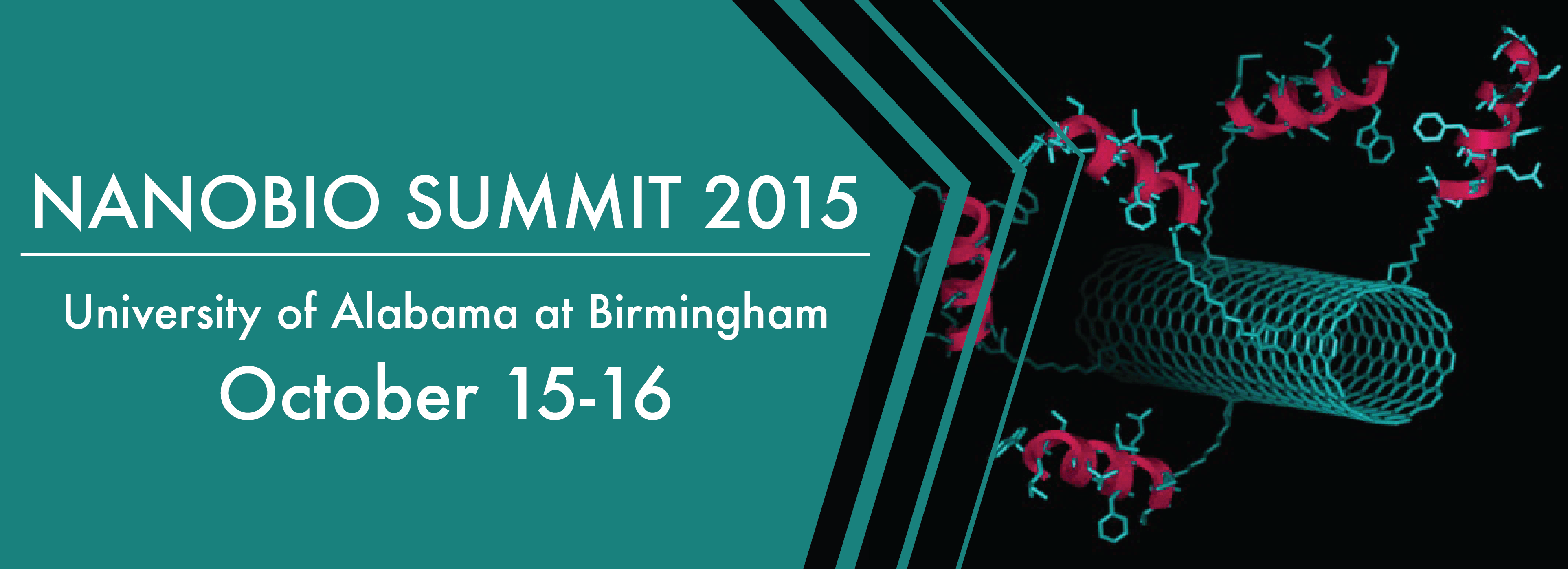
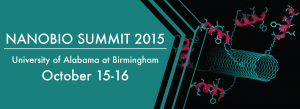 Registration for the
Registration for the 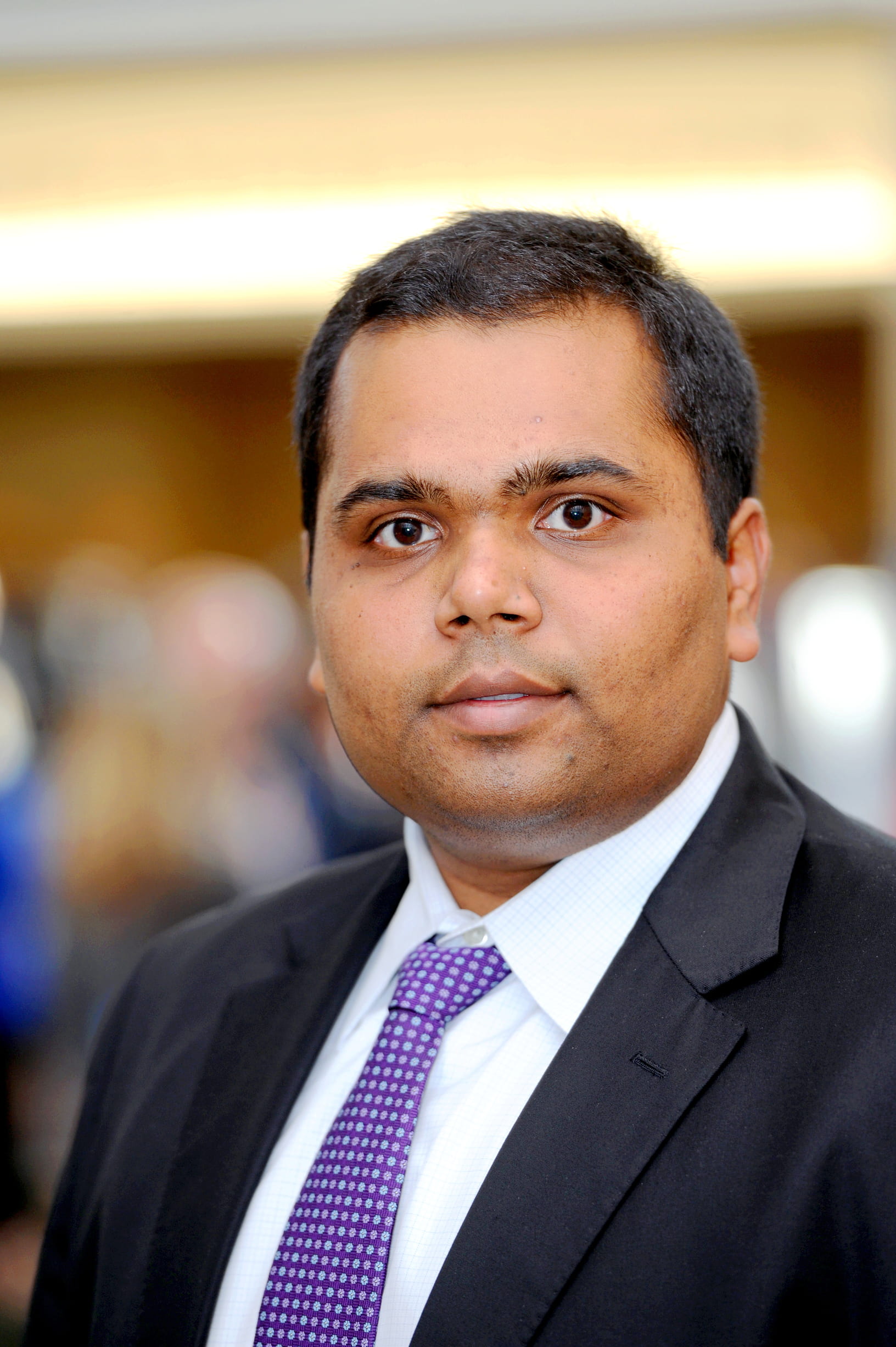
 Congratulations to BME graduate, Harsh Patel for being recognized by the Biomedical Engineering Department for outstanding graduate student of the year. Harsh has also won outstanding graduate student for the UAB School of Engineering.
Congratulations to BME graduate, Harsh Patel for being recognized by the Biomedical Engineering Department for outstanding graduate student of the year. Harsh has also won outstanding graduate student for the UAB School of Engineering.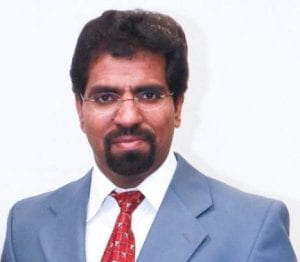
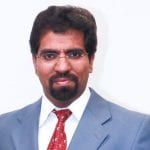 Dr. Vinoy Thomas, a UAB CNMB member has accepted a tenure-track Assistant Professor Faculty appointment in the UAB Department of Materials Science and Engineering. His new position began on February 1, 2015. Dr. Thomas has been working in many projects on Nanomaterials, Biomaterials and Polymeric Materials for Medical and Composite applications between UAB CNMB as a Research Scientist and the Department of Materials Science & Engineering as a Research Assistant Professor.
Dr. Vinoy Thomas, a UAB CNMB member has accepted a tenure-track Assistant Professor Faculty appointment in the UAB Department of Materials Science and Engineering. His new position began on February 1, 2015. Dr. Thomas has been working in many projects on Nanomaterials, Biomaterials and Polymeric Materials for Medical and Composite applications between UAB CNMB as a Research Scientist and the Department of Materials Science & Engineering as a Research Assistant Professor.
